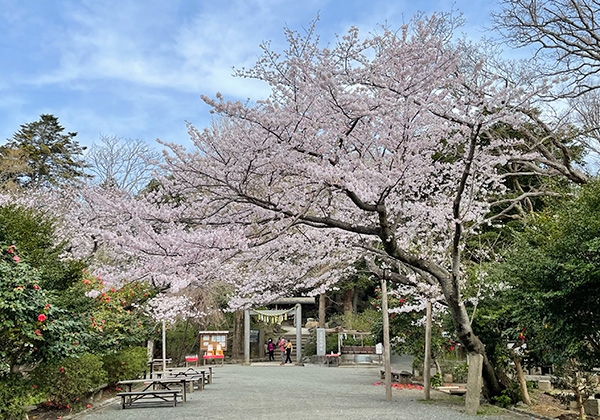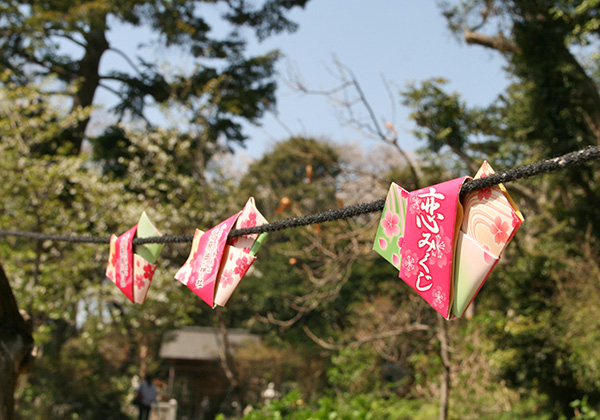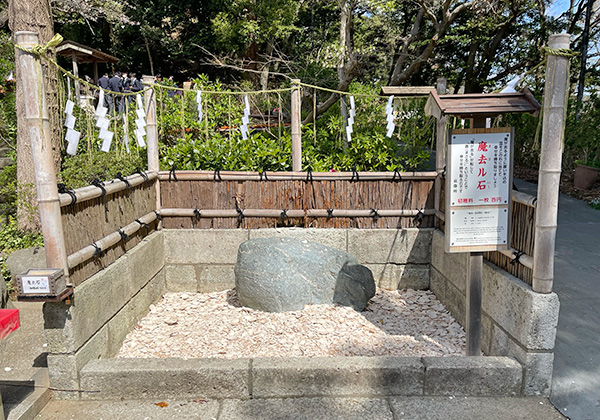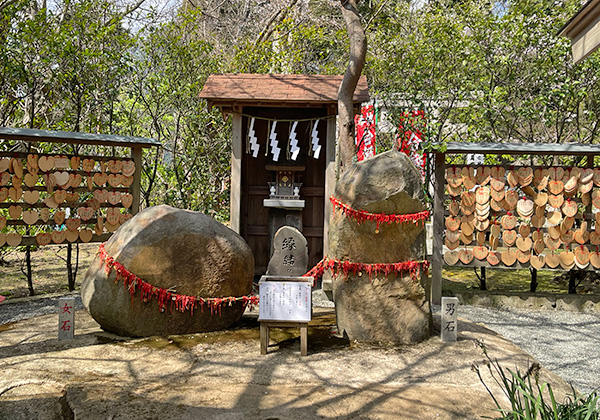Kuzuharagaoka Shrine
| Official Name | Kuzuharagaoka Shrine {Pronounced koo-zoo-hah-rah-gah-o-kah} |
|---|---|
| Religious sect | Shinto |
| Founded | in 1887 by Emperor Meiji {may-gee} |
| Main object of worship | Spirit of Toshimoto Hino {toh-she-moh-toh he-noh} |
| Address | 9-1 Kajiwara 5-chome, Kamakura, Kanagawa 247-0063 (show route from current location ) |
| Location | 1,300-meter northwest of Kamakura Station |
| Time needed to get there | 35 minutes |
| Admission | Free (Open yard) |
| Phone number | 0467-45-9002 |
| Restrooms | Available at nearby Genjiyama {ghen-gee-yah-mah} Park |
Historical Overview
The story dates back to the 1330s when the Kamakura Shogunate was about to end. Back at the time, the emperor in Kyoto was aspiring Godaigo {go-dye-go} (1288-1339) and he was trying to restore the supremacy of Japan by overthrowing the Kamakura government. Around him were a number of loyal and talented court nobles. One of them was Toshimoto Hino (?-1332) and he shared the same view with the emperor as a loyalist. Though not a samurai warrior, he practiced martial arts devotedly to take part in the overthrowing attempt, and secretly began to recruit fellow members disguising himself as a priest in the Kyoto and Osaka area. However, their plot was somehow leaked out and known to the Kamakura Shogunate. He was captured in 1324 on charge of the rebel attempt and brought to Kamakura for trial. Fortunately, the court acquitted him and he was pardoned to go back to Kyoto.
Emperor Godaigo did not give up the plot, however. Neither did Hino. He was secretly getting support and help from the powerful priests (almost like warriors) of Enryakuji near Kyoto, the headquarters of Tendai sect Buddhism, where Prince Morinaga (1308-1335), son of Emperor Godaigo, was the chief priest. Back then, Enryakuji was like a fortress employing quite a few fighting priests comparable to samurai warriors. The secret plan proceeded as had been scheduled. Seven years after the first plot, however, one of the chief retainers of the emperor informed the Kamakura Shogunate of their conspiracy. Hino was captured again and brought to Kamakura for the second trial. He was convicted guilty this time and sentenced to death by decapitation. As its ringleader, Emperor Godaigo was sent off to an island called Oki {o-key}, roughly 80 kilometers off the coast of Shimane Prefecture. (The island is well known to the Japanese as a ancient prison. From 724 to 1868, nearly 2,000 criminals including two emperors were exiled to this small island on charge of political offense.)
The execution took place on June 3, 1332 at the place where the present-day Shrine stands as it was the execution ground during the Kamakura Period (1185-1333). He read a farewell tanka or the 31-syllable verse, before the execution, which can roughly translate as follows:
"I will die and vanish here like a dew, but, the bitter feeling of the dew will never disappear."
But, his long-cherished and deadly wish was materialized the next year in 1333 by a military lord named Takauji Ashikaga (1305-1358), the founder of Muromachi Shogunate, and another loyalist lord Yoshisada Nitta (1302-1338), who succeeded in conquering Kamakura after the fierce battle. Nearly 870 samurai warriors of Hojo (Kamakura) troops committed mass suicide near Hokaiji ending the 150-year rules by the Minamoto and Hojo clans. Thus, the imperial supremacy was restored. But, it did not last long. Takauji Ashikaga took over the ruler's position in 1336, and the new regime under the Ashikaga Shogunate started.
Thereafter, Hino's story of martyr had long been forgotten. It was only after the Meiji Imperial Restoration of 1868 that an idea of founding a shrine to honor Hino's loyal spirit came up. Proposed by Emperor Meiji (1852-1912), Kuzuharagaoka Shrine was at long last established in 1887, five and a half centuries after his regrettable death. (Emperor Meiji also erected Kamakuragu Shrine in memory of Prince Morinaga). The Shrine stands here quietly surrounded with trees at the north part of Genjiyama park. The architectural style of the Shrine is called Shinmei-tsutsuji or Shinmei-method, basically same as the Ise {e-say} Grand Shrine in Mie {me-eh} Prefecture.
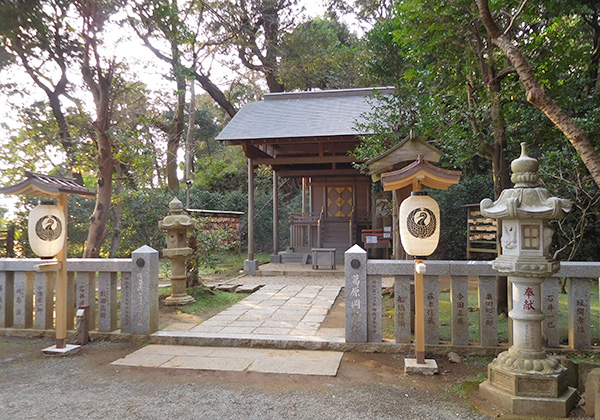
Genjiyama Park
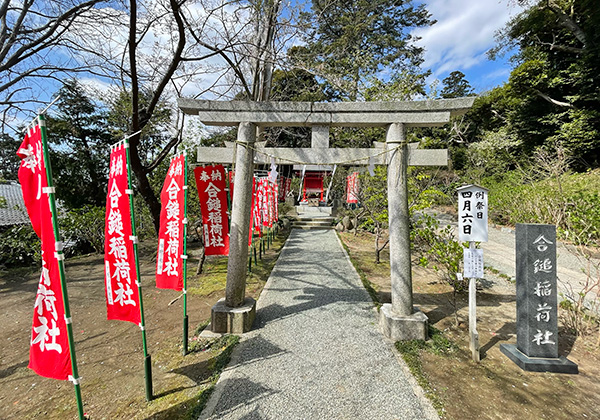
The Shrine is situated in Genjiyama park. Given the nature of temples and shrines that are sacred spots for religious people, there are little places in Kamakura for sightseers to take lunch outdoors. But, this park provides them with a good space to open lunch boxes. However, don't come here on weekends of late March to early April at the time of cherry blossoms. The park will be fully occupied by local picnickers and some revelers, spreading plastic sheets on the ground under the canopy of blossom.
